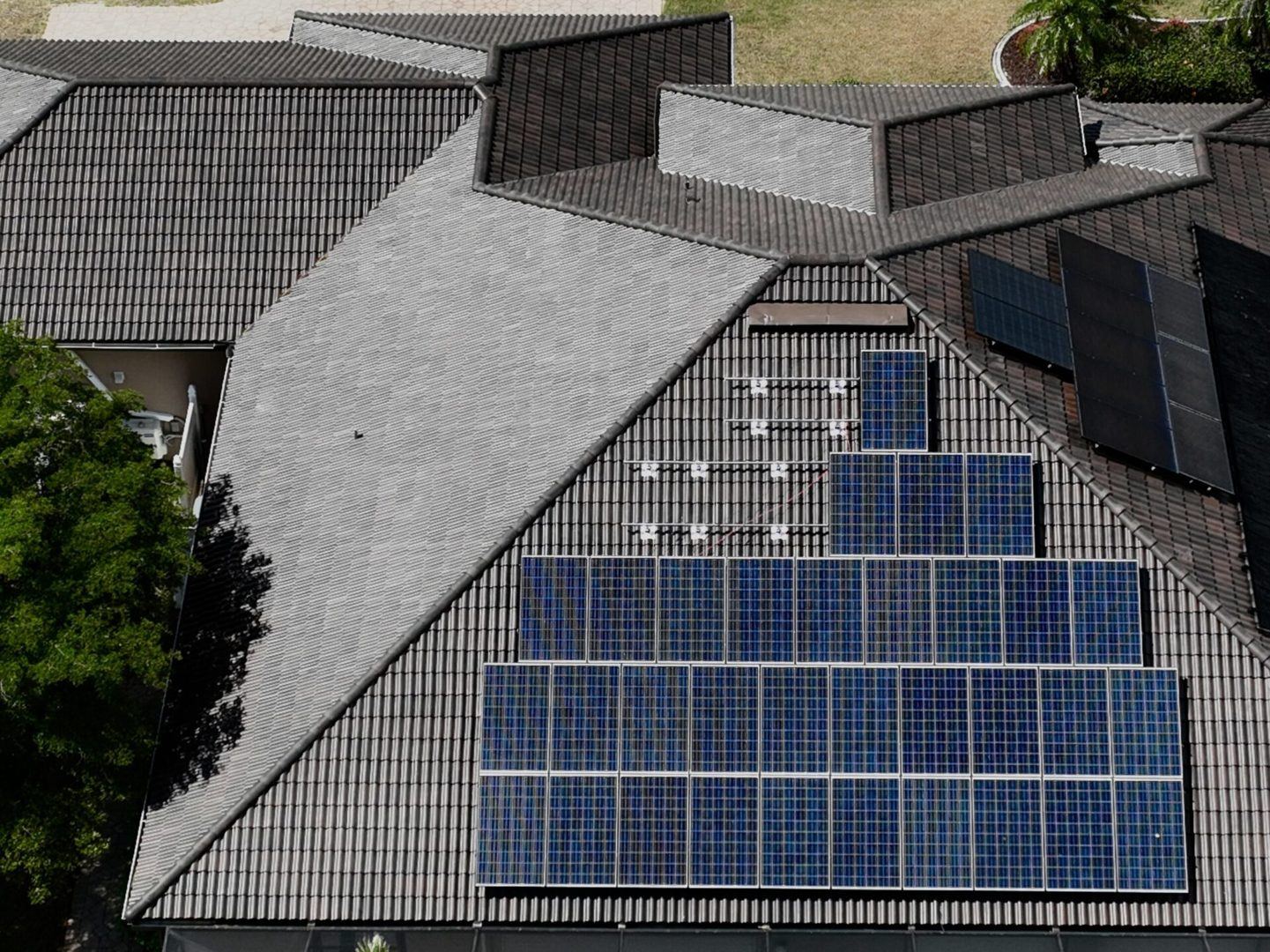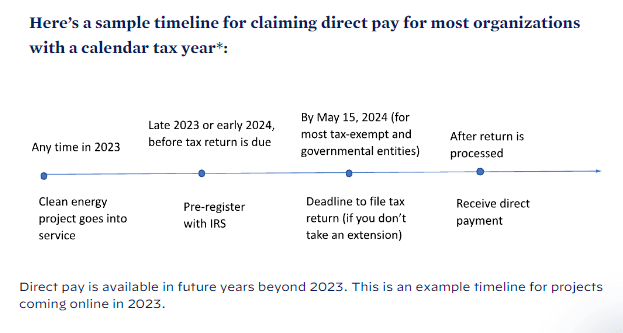Electricity is a universal necessity, an undeniable truth.
 Yet, if your nonprofit relies on the utility company for power, the expense keeps growing indefinitely. What if your organization could harness energy from the sun? Solar power enables nonprofits to redirect that budget towards their mission, rather than being absorbed by lighting, electronics, and cooling. This shift also boosts property value, trims your carbon footprint, and exemplifies your principles.
Yet, if your nonprofit relies on the utility company for power, the expense keeps growing indefinitely. What if your organization could harness energy from the sun? Solar power enables nonprofits to redirect that budget towards their mission, rather than being absorbed by lighting, electronics, and cooling. This shift also boosts property value, trims your carbon footprint, and exemplifies your principles.
The adoption of solar energy by nonprofits might raise the question: why hasn't this trend taken off more?
Historically, nonprofits faced challenges adopting solar due to their tax-exempt status, preventing them from utilizing the 30% federal tax credit that could lower solar project costs. At Ipsun, we've collaborated with faith-based groups to devise innovative financing solutions. Additionally, we've long championed a Direct Pay alternative for the Federal Investment Tax Credit, aimed at simplifying the process. Fortunately, the Inflation Reduction Act of 2022 materialized this vision, offering direct pay for nonprofits.
The direct pay provision in the Inflation Reduction Act is a transformative shift for nonprofits
This provision not only offers the possibility of a cash refund of up to 30%, but also increases the potential credit, potentially refunding up to 70% of the project's cost under specific conditions.
Furthermore, nonprofits can now own their solar energy systems, unlocking additional advantages akin to traditional solar incentives like Solar Renewable Energy Credits (SRECs), property tax exemptions, local incentives, and net metering credits. These benefits alone can translate to substantial monthly savings for nonprofits, alongside the already diminished cost of solar adoption due to the new direct pay option in the federal tax credit.

How the Direct Pay Option Works: IRS Treating Nonprofits as if Tax Was Paid, Then Refunding Solar Project Amount
The direct pay option operates by the IRS treating your nonprofit as if you had paid the related tax, and then refunding the corresponding amount for your solar project.
To access the credit, you need to make an election on a tax filing during the year when your project is deemed "in service," signifying that it's ready to produce energy. This eligibility commences from 2023, and the solar installation must be finalized and capable of connecting to the grid before filing for this tax credit election.
Detailed information about the process is available on the IRS website under the Inflation Reduction Act. You can also learn about the filing procedure on the IRS website.
Recent guidance on direct pay was issued on June 14, 2023. You can find an overview on Whitehouse.gov and links to the latest guidelines from the US Treasury Department and IRS below. Additional instructions concerning pre-filing are expected later in 2023. Here's an outline:
- Internal Revenue Code Section 6417 enables monetization of tax credits for projects put into service after January 1, 2023, and before December 31, 2032.
- To obtain the credit, you should include an election on a tax filing during the year your project becomes operational. The eligibility starts in 2023, and your solar project must be completed and grid-connectable before making this election.
- Your organization needs to pre-file: Registration with the IRS and obtaining a registration number is necessary before filing a tax return and receiving payment. Typically, each registration number corresponds to one clean energy property in a single tax year; renewal is needed for use in subsequent tax years.
- Once you have your registration number, provide it and make the elective payment selection on your tax return (usually Form 990-T for most non-tax-filing entities).
- Filing for direct payment must be done by the next tax deadline's conclusion. For 501(c) non-profits, the deadline is May of the subsequent year.
- Expect the direct payment process to take up to a year or more.
- Beyond 2024, systems larger than 1 MW might receive a varied direct pay percentage based on domestic content and labor practices.

Who Qualifies for Direct Payment under Section 6417?
Section 6417 permits an eligible entity to choose to consider an eligible credit as a payment towards federal income tax. An eligible entity refers to:
- Any organization with federal income tax exemption,
- Any state or its political subdivision,
- The Tennessee Valley Authority,
- Tribal or Native Entities,
- Any Alaska Native Corporation,
- Any cooperative-based corporation providing electric energy to individuals in rural regions.
Nonprofits that fulfill environmental justice criteria can access additional savings, potentially totaling up to 70%.
One of the most noteworthy aspects of the IRA's direct payment choice is the inclusion of additional percentages for environmental justice communities and US-manufactured equipment. This enables nonprofits to potentially reclaim up to 70% of their project expenses.
Nonprofits can be eligible for the supplementary adders if they meet the subsequent criteria. Refer to the provided links for the most recent IRS guidance on each subject.
Energy Community Adder: An additional 10% is applied to the tax credit when the system is installed in a brownfield site or a community that has undergone coal plant closures. The US Department of Energy has introduced a map that exhibits qualifying energy communities, encompassing:
- Census tracts with coal closures,
- Census tracts immediately adjacent to those with coal closures,
- Areas satisfying the Fossil Fuel Employment (FFE) threshold of 0.17% (energy community status pending assessment),
- Brownfields, although not depicted on the map, are still eligible. Here is the PDF for the latest guidance, issued on June 15, 2023: Notice 2023-45
Domestic Content Adder: An additional 10% is incorporated into the tax credit when the system employs domestically manufactured equipment. To fulfill the domestic content bonus criteria, projects must utilize 100% U.S. content steel and iron and include the appropriate "adjusted percentage" of domestically manufactured goods.
The adjusted domestic content percentages for manufactured products on projects larger than 1MW are as follows:
40% for projects commencing construction before Jan. 1, 2025; 45% for projects commencing construction after Dec. 31, 2024, but before Jan. 1, 2026; 50% for projects commencing construction after Dec. 31, 2025, but before Jan. 1, 2027; 55% for projects commencing construction after Dec. 31, 2026.
Low-Income or Tribal Community Bonus Program: An additional 10-20% is added to the tax credit when the system is installed in a low-income area or tribal land. This program operates on an application basis. At present, projects can apply for only one of the four bonus credits within the Low-Income Communities Bonus Credit Program. This implies that a project could receive either a 10% or 20% bonus credit, contingent on their eligibility. While more guidance is awaited for this program, here are some additional details:
- The Department of Energy (DOE) will start accepting applications for the Low-Income Communities Bonus Credit Program in the third quarter of 2023.
- Eligible projects must apply for the adder before the project is installed and 'placed in service' (as defined in Section 2.06 of the IRS guidance).
- The application for the two 20% adders will be open for a 60-day period in Quarter 3 of 2023, while the application for the two 10% adders will be accessible for 60 days later in the year (Section 4.07).
- The IRS will provide further guidance before the application windows commence.
- Updates to the guidance will be published on the WhiteHouse.gov IRA fact sheet here and on the IRS website here.

The current moment presents an ideal opportunity for nonprofits to embrace solar energy advantages
In 2023, nonprofits, churches, and synagogues have unparalleled access to solar incentives. With the Direct Pay provision and supplementary adders, tax-exempt entities can seamlessly adopt solar energy. Embrace this chance and become a part of the sustainable energy movement today!
It's important to seek advice from a tax expert to guarantee you're up to date with the latest information regarding this new tax framework. As you're aware, we specialize in solar matters, not tax matters!
